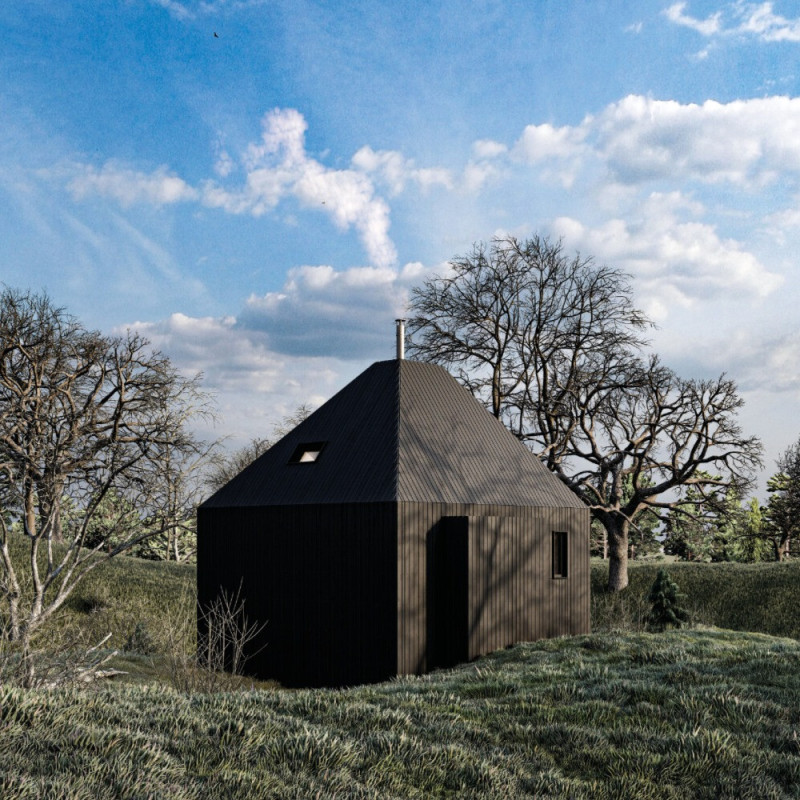5 key facts about this project
At its core, the project represents an exploration of spatial relationships, leveraging volume and light to create an inviting atmosphere. The overall form is carefully crafted, striking a balance between openness and intimacy, making it suitable for its primary function as a community-oriented facility. Each design decision is rooted in a desire to foster interaction among occupants, encouraging a sense of belonging and community engagement.
The layout is characterized by a series of interconnected areas that facilitate movement and socialization. Key spaces include [describe significant areas, such as gathering places, workstations, or recreational zones], each serving distinct functions while maintaining visual and functional connectivity. The design prioritizes accessibility, with thoughtfully planned pathways and transitions that allow smooth navigation throughout the structure.
Material selection plays a crucial role in the project's identity, reflecting a harmony between aesthetics and sustainability. The use of high-performance concrete provides a robust foundation, while glazing elements expand the interior towards the exterior, enhancing the occupants’ connection to the surrounding landscape. Additionally, sustainably sourced timber accents add warmth to internal spaces, creating a welcoming ambiance. This careful consideration of materials not only addresses environmental concerns but also infuses the architecture with a tactile quality that engages its users.
Unique design approaches are evident throughout the project, particularly through the integration of natural light as a fundamental design element. Large windows and strategically positioned skylights maximize daylight, reducing reliance on artificial lighting and enhancing the overall efficiency of the building. This commitment to harnessing natural resources reflects a broader trend within architecture, focusing on environmental consciousness and energy efficiency. Furthermore, the incorporation of green elements, such as living walls or rain gardens, emphasizes the project’s connection to nature, contributing to the overall ecological health of the site.
The architectural design also engages with its geographical context, drawing inspiration from local traditions and materials. This rootedness in place is instrumental in establishing a sense of identity and continuity within the community. The façade echoes local architectural styles, allowing the structure to resonate with its surroundings while introducing modern design sensibilities that appeal to contemporary users.
As an architectural endeavor, the project not only fulfills its intended purpose but also serves as a platform for further exploration of innovative ideas. The design invites inquiry into architectural principles and encourages engagement with the evolving narrative of the built environment. For individuals interested in understanding the intricacies of the project, a detailed presentation—including architectural plans, sections, and designs—offers comprehensive insights into its conception and execution. Exploring these elements will provide a deeper appreciation of the thoughtful design ideas that underpin this architectural achievement.


























